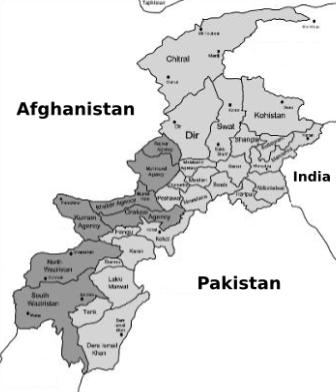On Aug. 27, U.S. military forces in Afghanistan killed 12 Taliban fighters located in Pakistan's tribal zone after the insurgents attacked U.S. and Afghan troops in eastern Afghanistan. The following day, U.S. State Department spokesperson Tom Casey stated that the governments of Afghanistan, Pakistan, and the United States had an agreed mechanism for resolving these kinds of cross-border exchanges. Pakistani authorities immediately denied that they had ever granted Afghan or coalition forces permission to attack fighters on their territory. This recent incident underscores the longstanding controversy regarding military operations in the Afghan-Pakistani border region. Last week, while reviewing more than one thousand pages of documents released in the course of the Army's investigation of the death of Ranger Pat Tillman, the media discovered information regarding the rules of engagement that governed U.S. military operations along the Afghanistan-Pakistan border at the time of his death in April 2004. Although the discovery sheds light on the details of permissible military action at the time, it generally confirms previously known information on the issue. In addition, focusing excessively on the revelations threatens to draw attention away from the more important non-military tools that the United States is using to counter anti-American terrorist operations in the Afghan-Pakistani border region.
Non-Military Tools Neglected in Debate Over Afghan-Pakistani Border Operations

